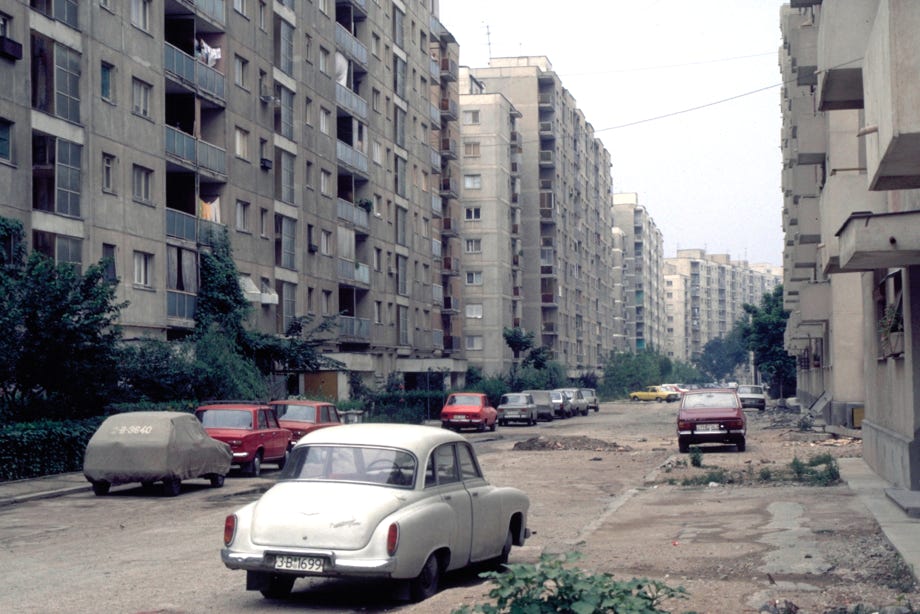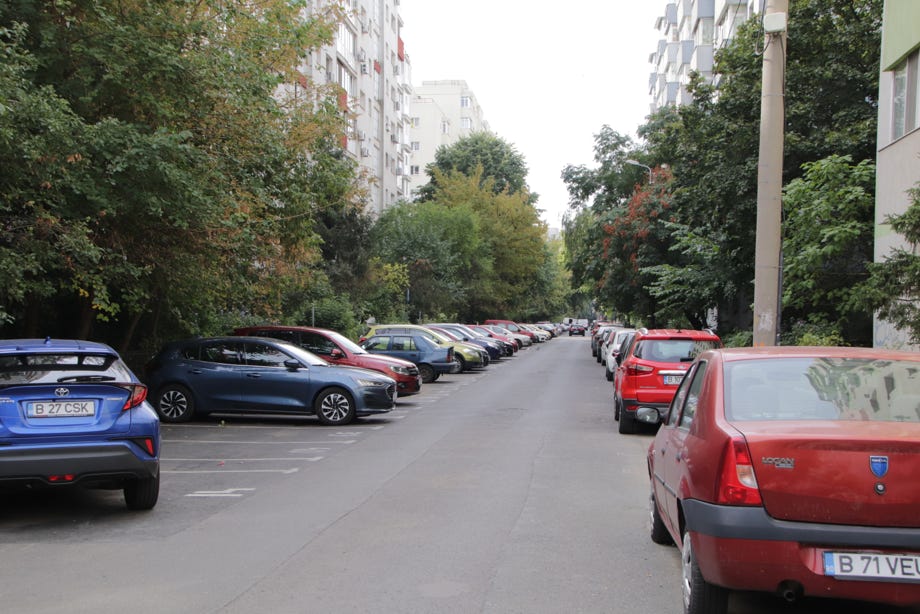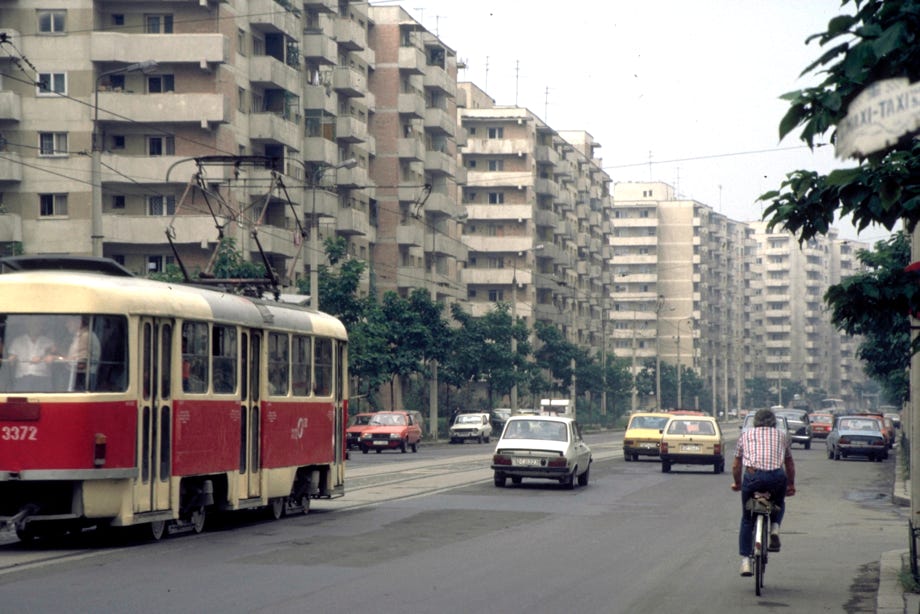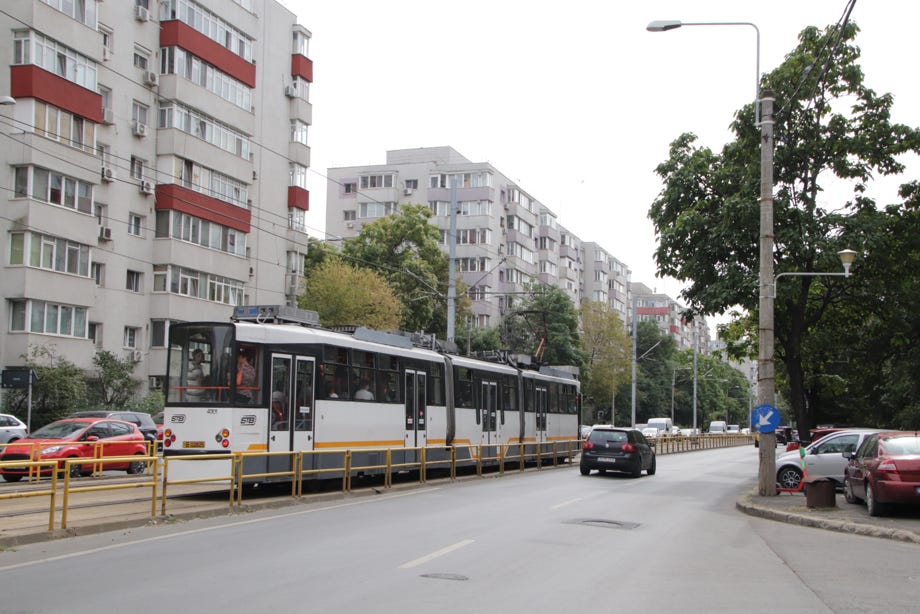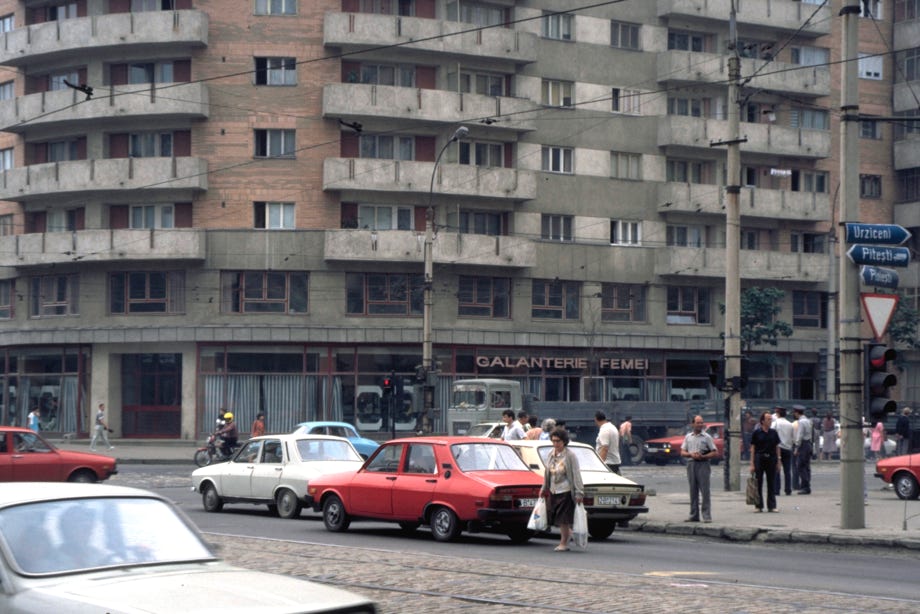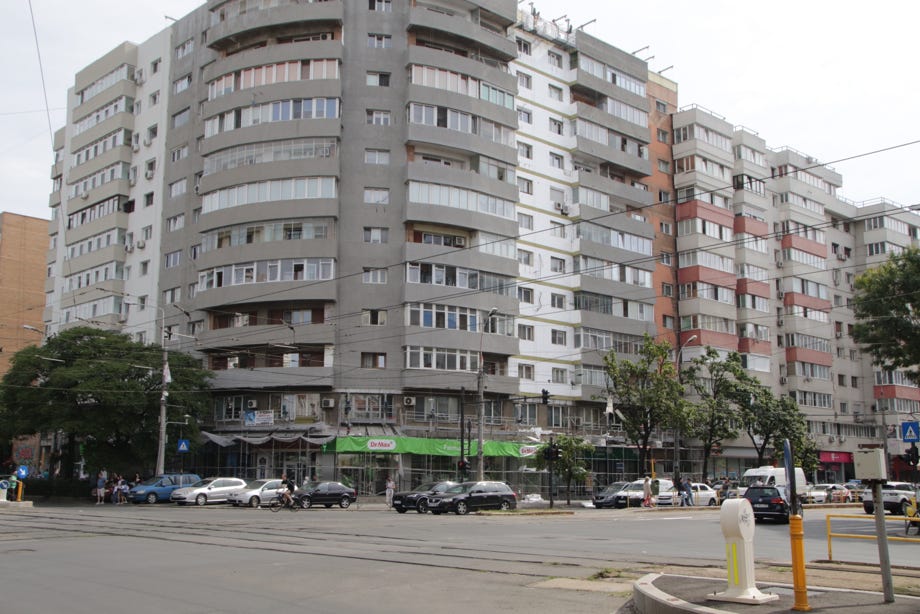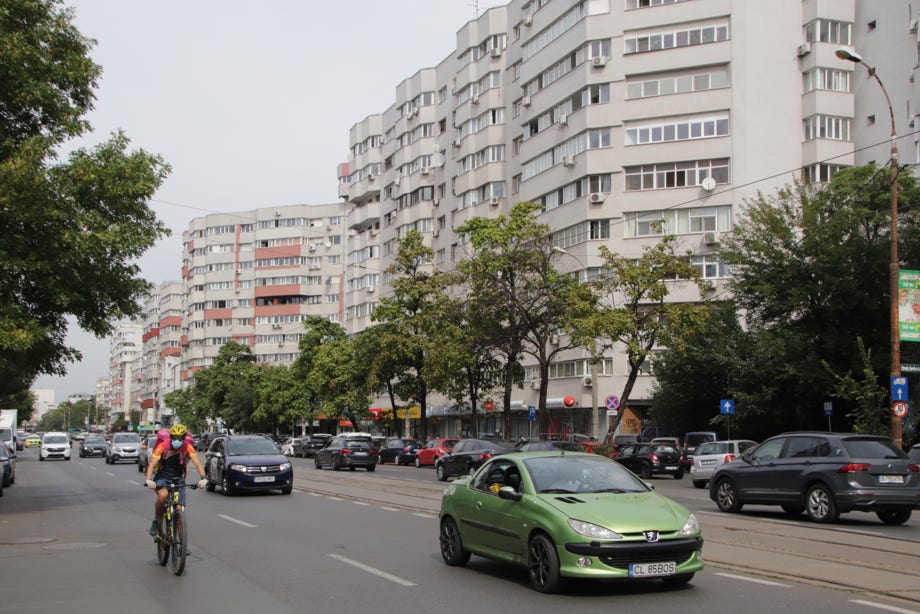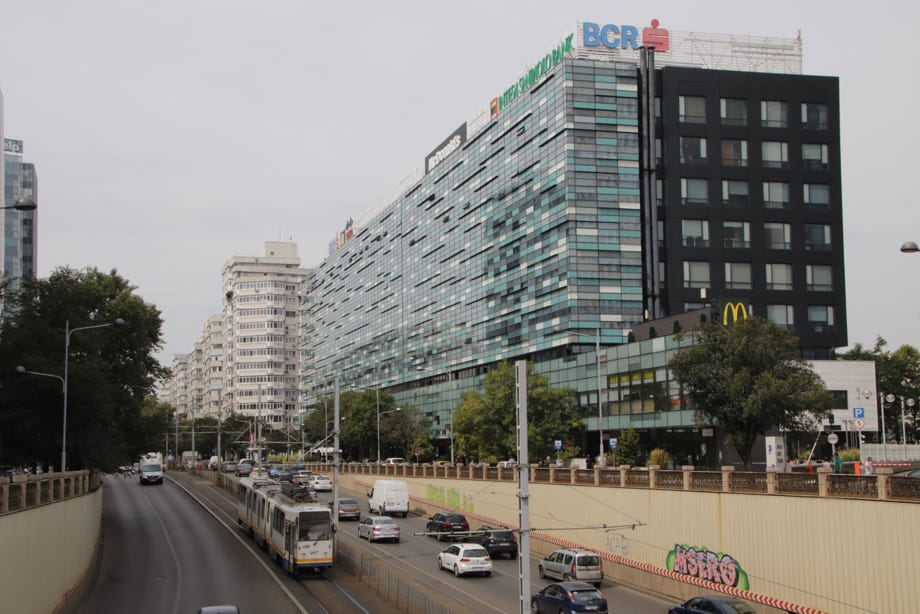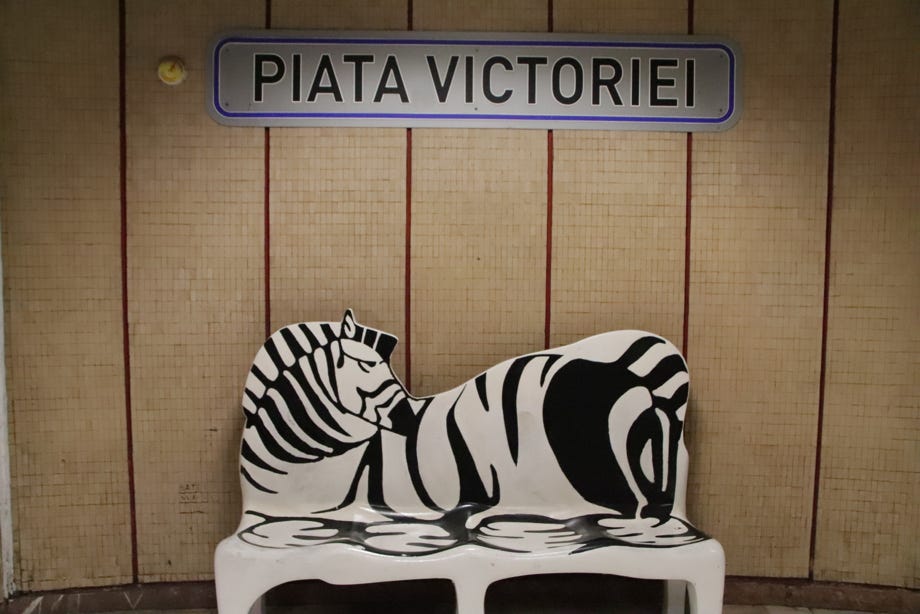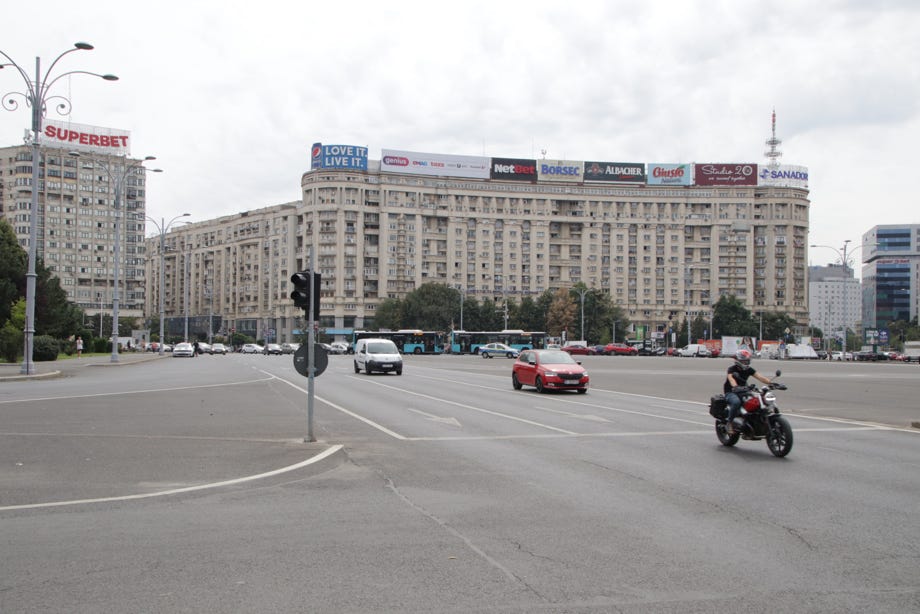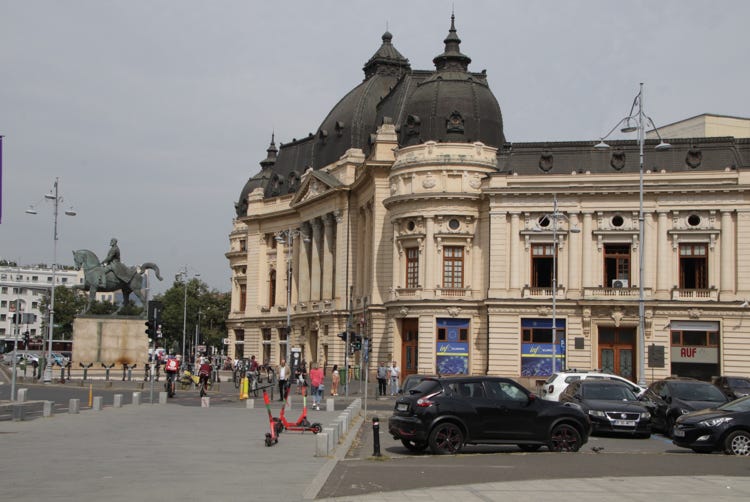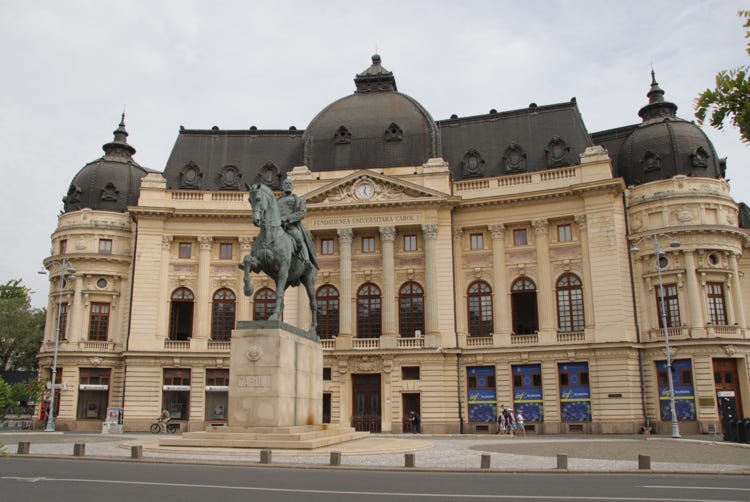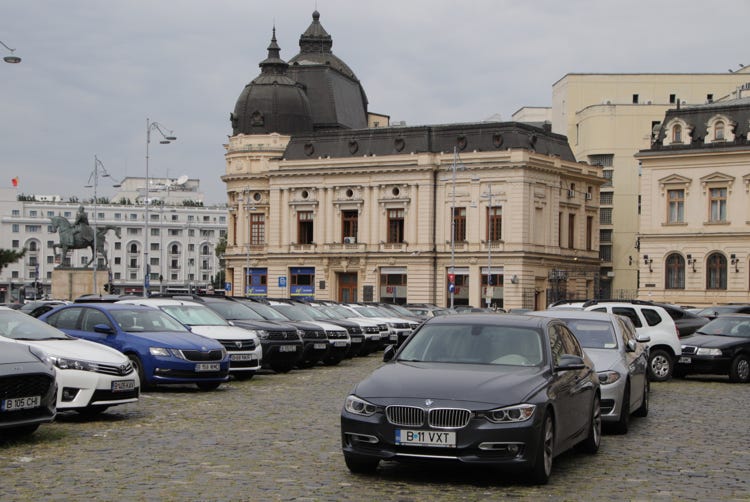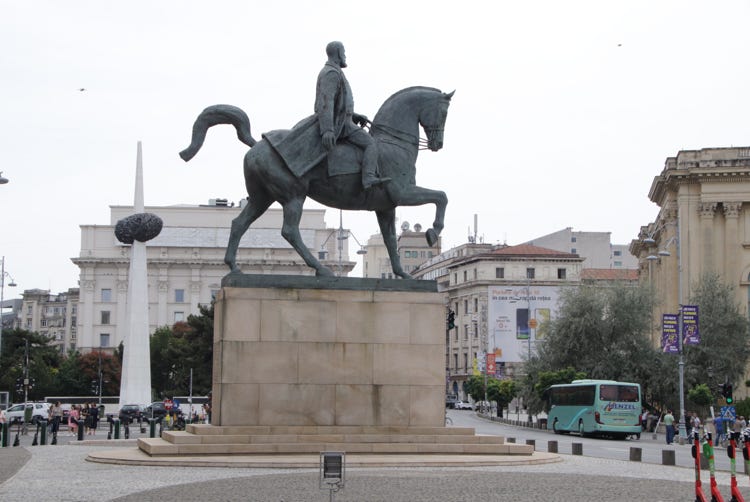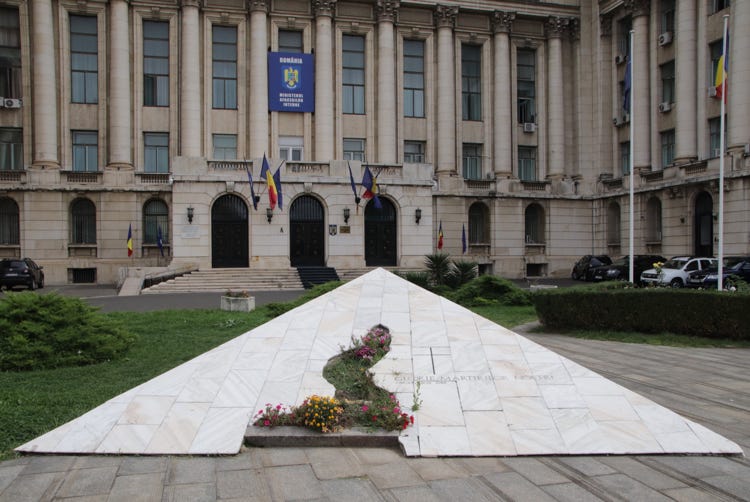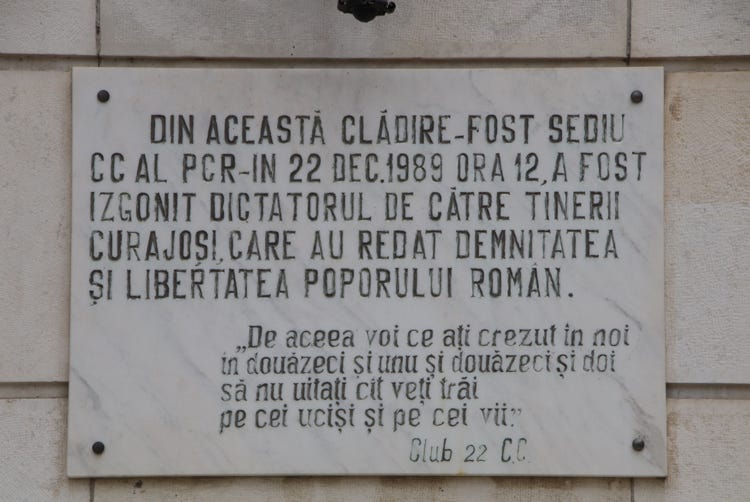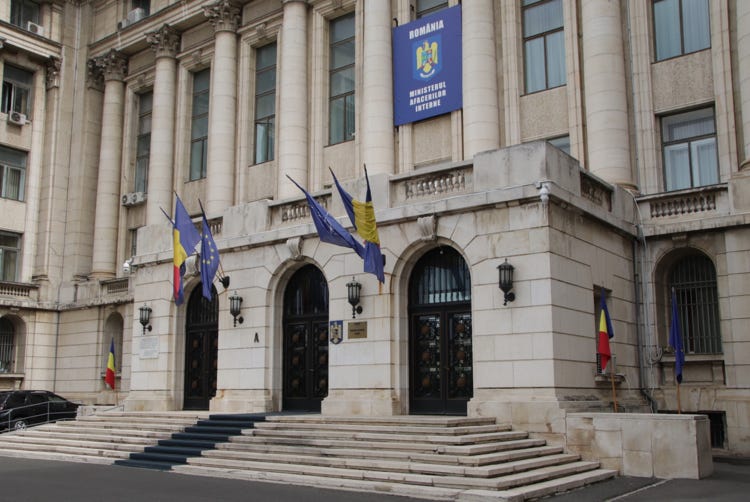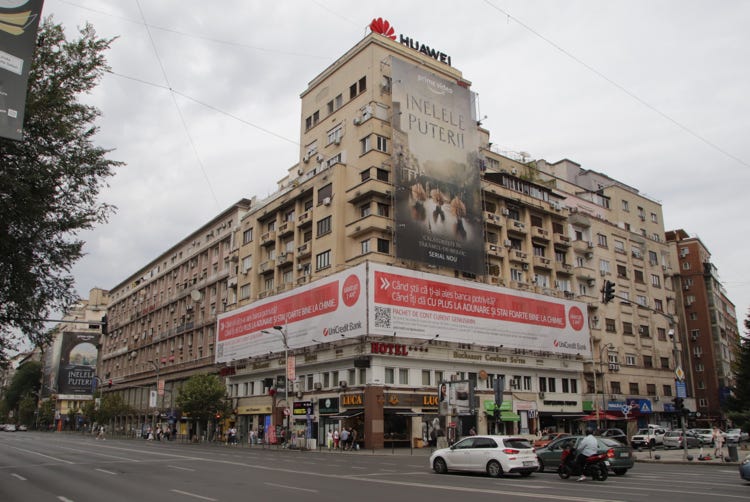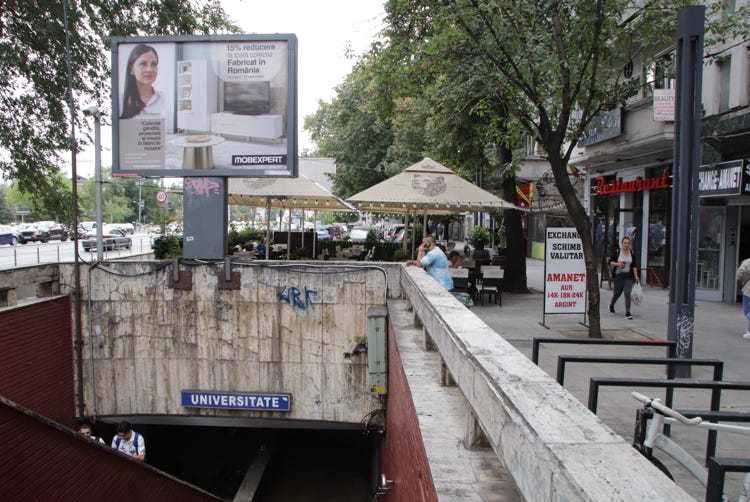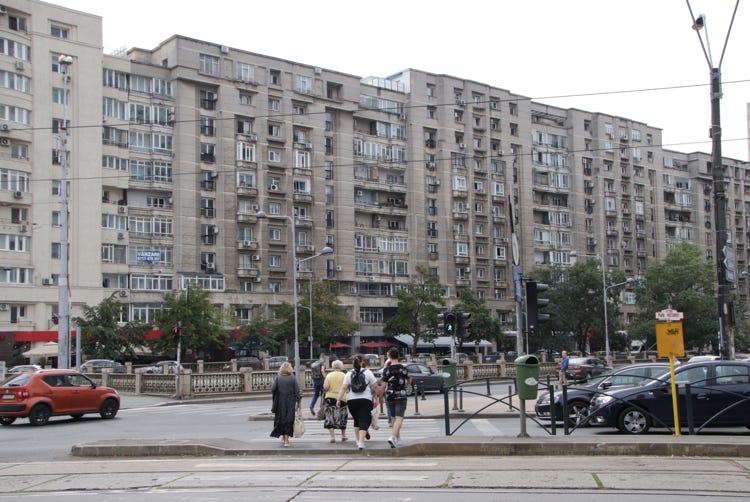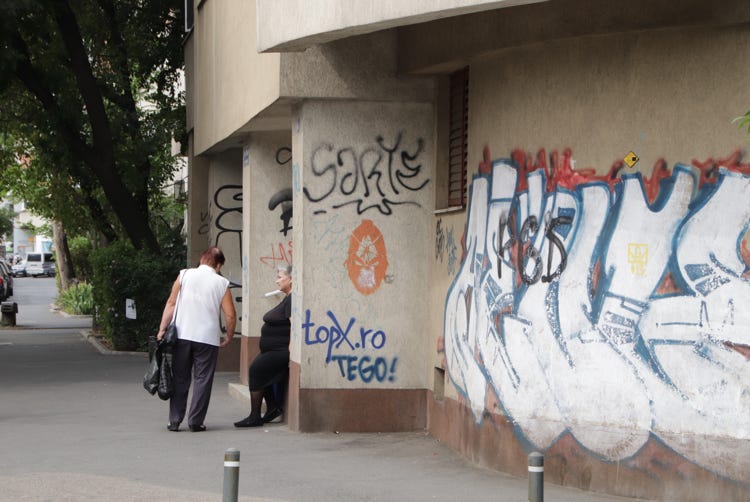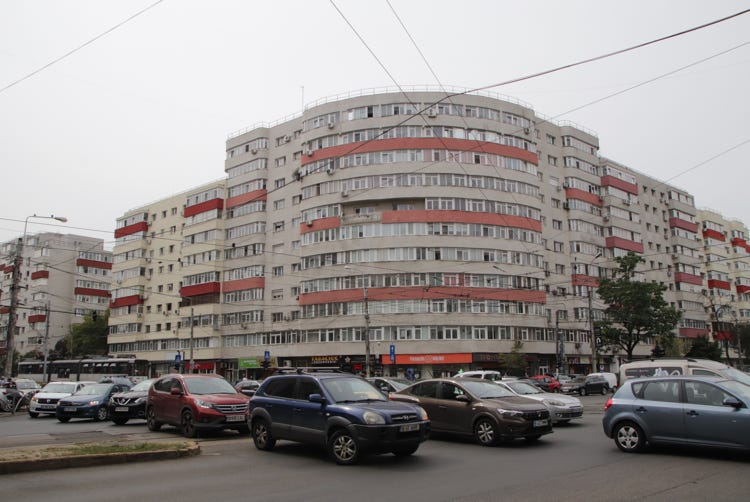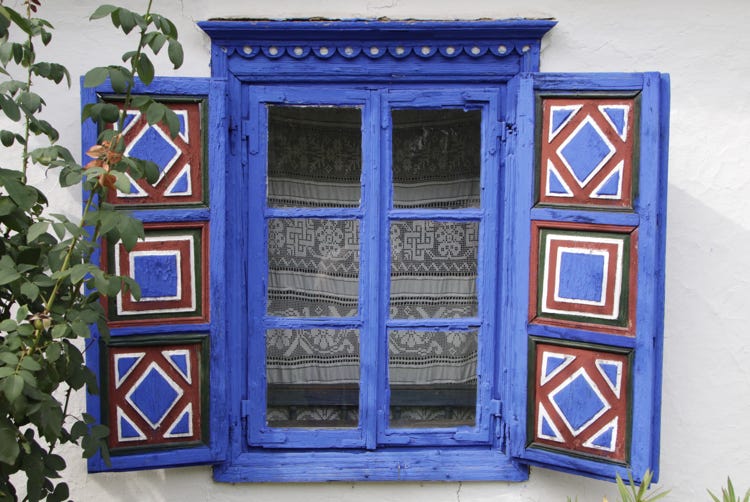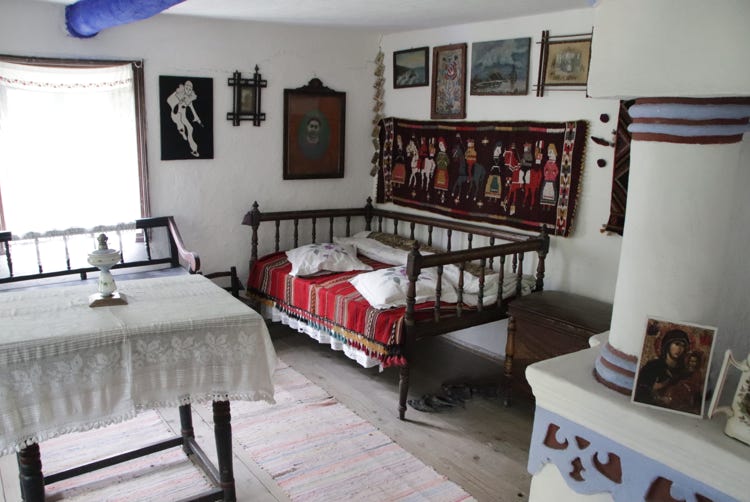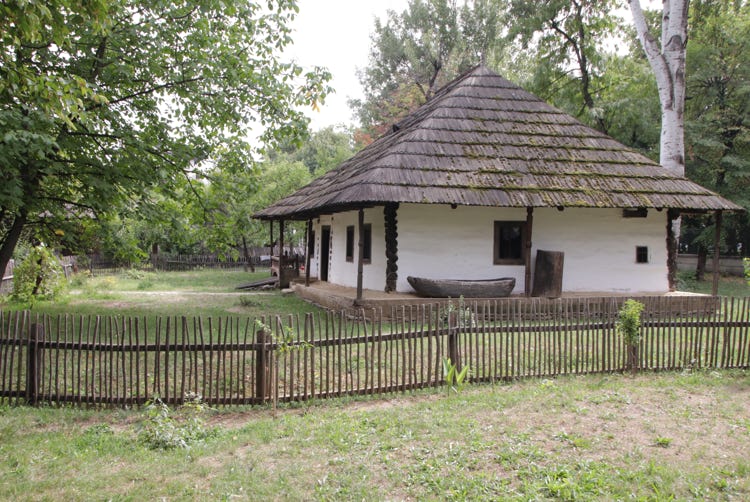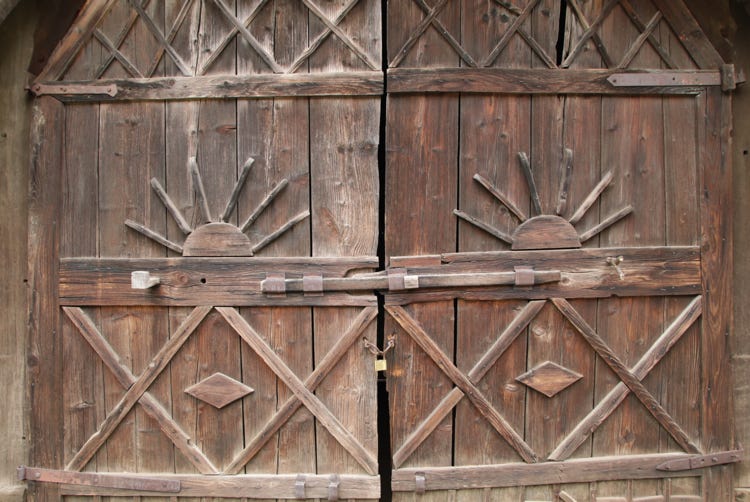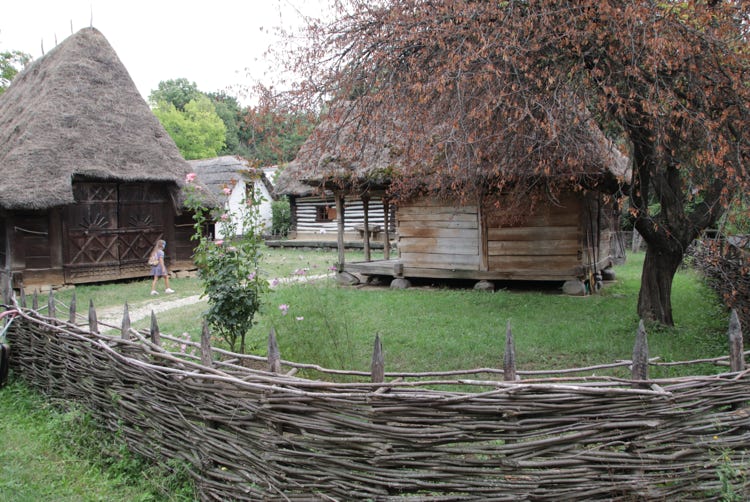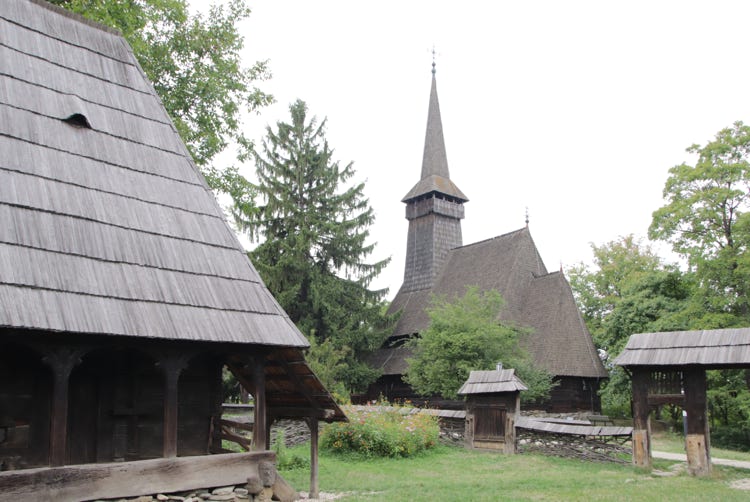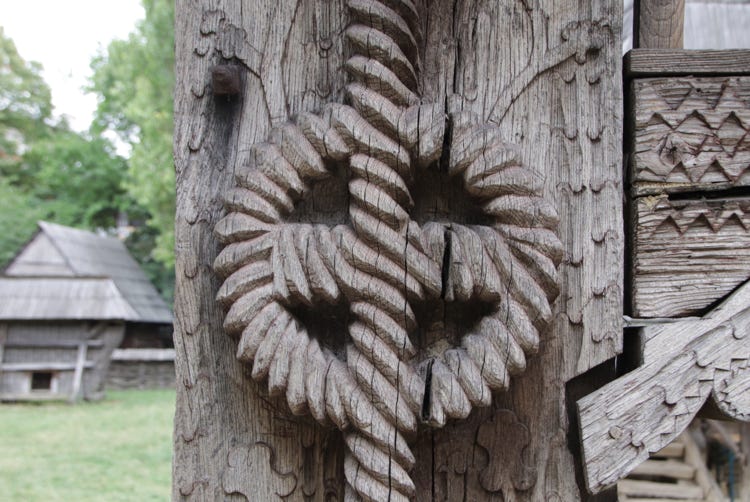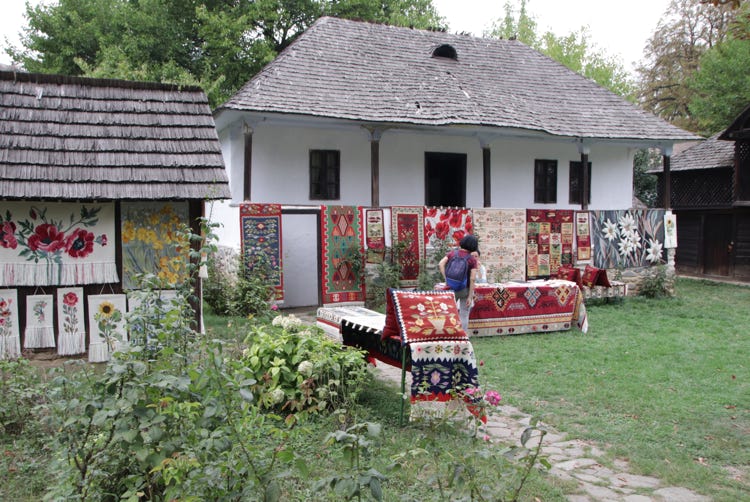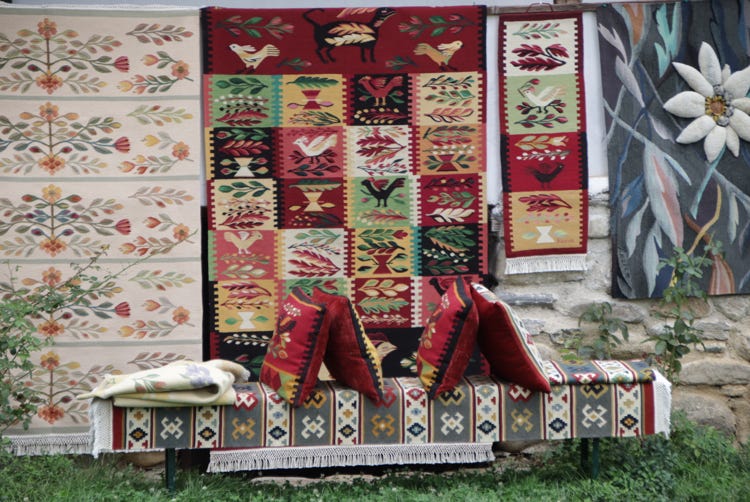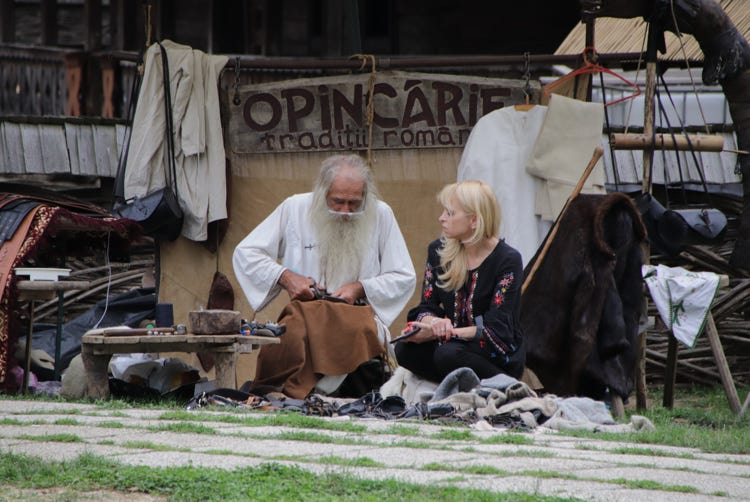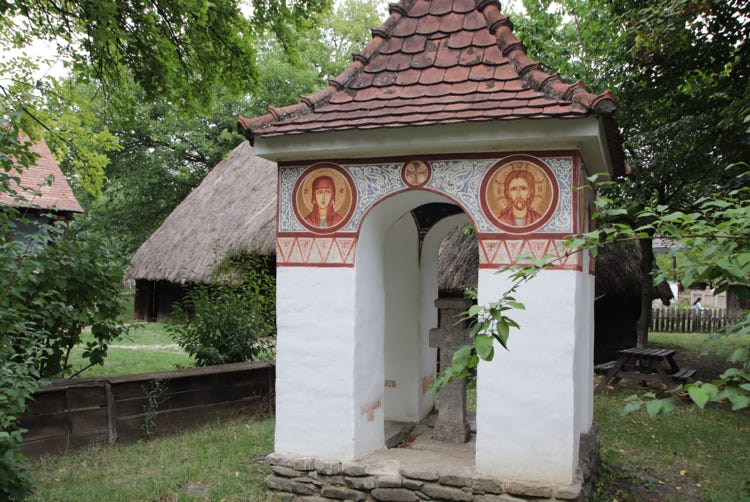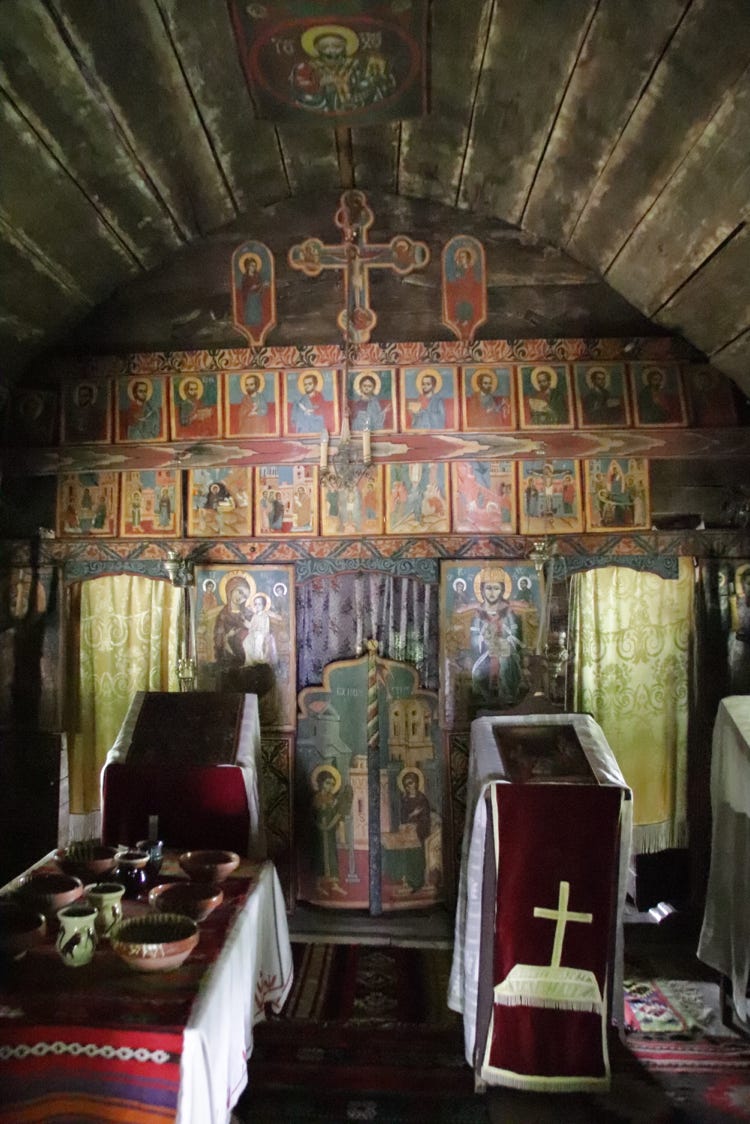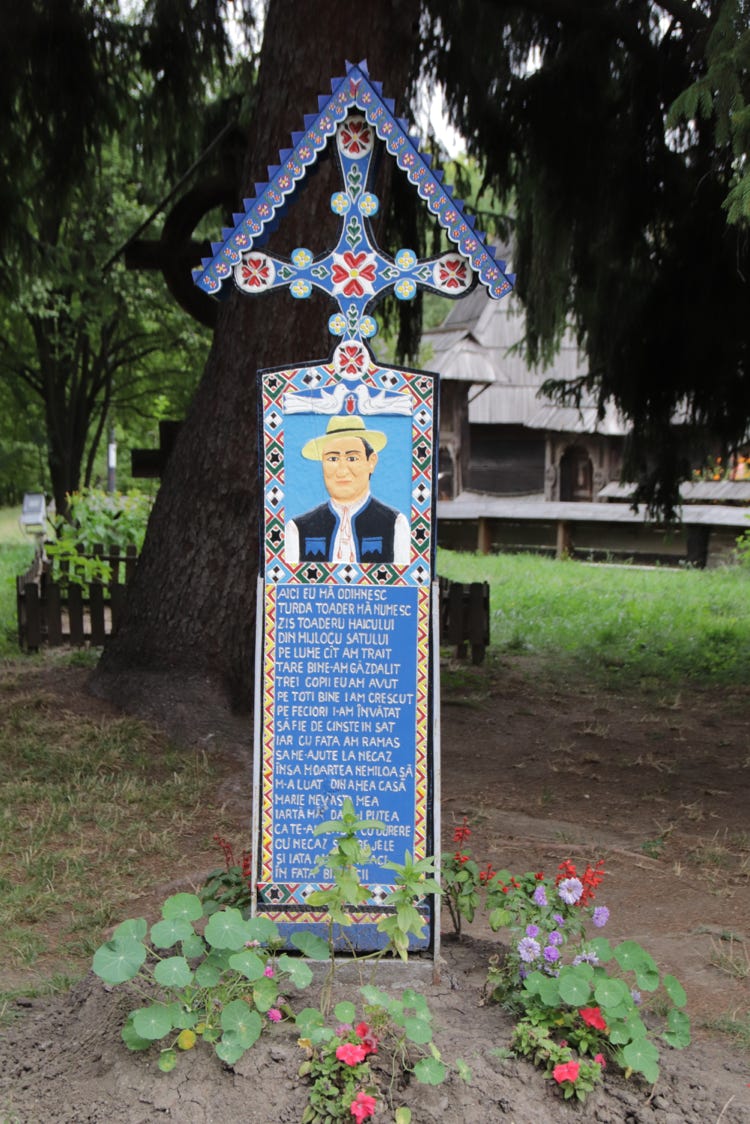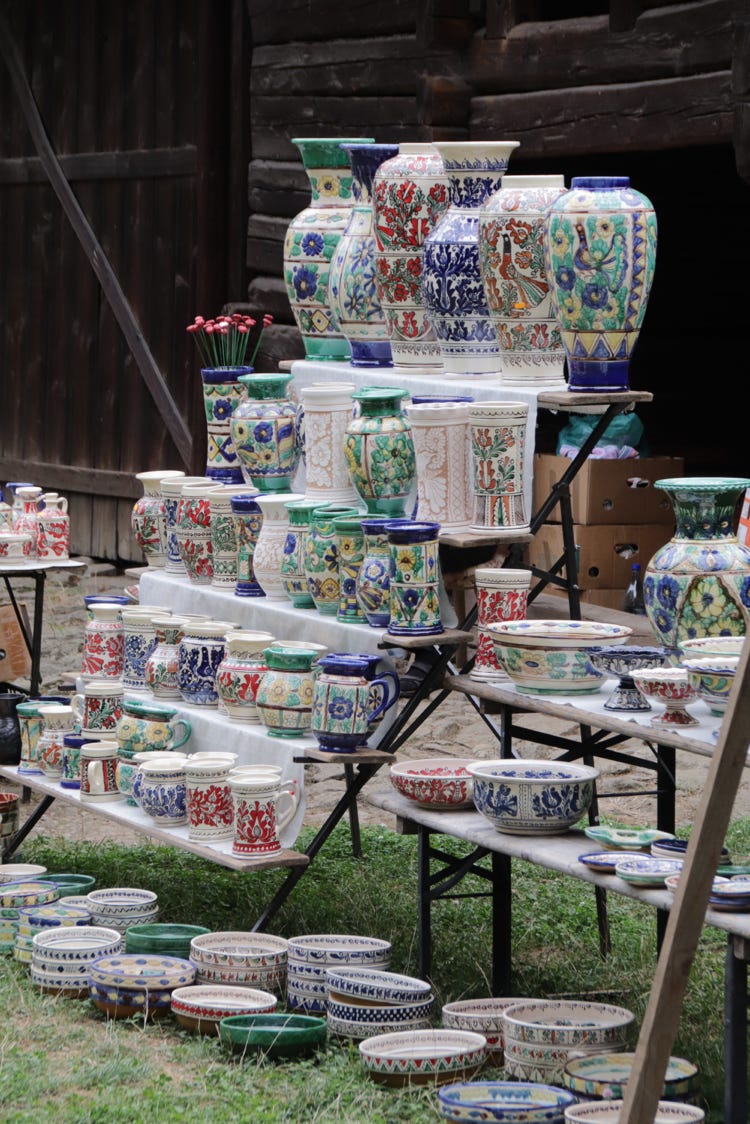
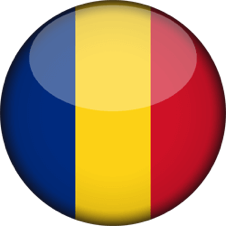

Distance travelled = 3 kilometres driving by road, 6 kilometres by Metro, and 14 kilometres walking (18,800 steps).
It is a truism to say that we should listen to our bodies. This morning, my body gave my brain an unambiguous message: “Walking 19 kilometres like you made me do yesterday is too much – don’t do it again”. Okay, I’ve heard the message.
Despite my extreme tiredness last night, my body clock woke me earlier than I had hoped at 5:30am this morning. I took my time getting out of bed, and then enjoyed lingering over a wonderful breakfast at the hotel. I also had several work-related e-mails to attend to, which I did while watching the one English language television I can receive at my hotel (CNN International).
Ever since I turned on the TV yesterday afternoon, CNN has had only one story – constant updates on the reported condition and then death of Queen Elizabeth II. First came the reports that she was ill, followed by live tracking the arrival of various members of the Royal Family to Balmoral Castle, followed later by the death announcement (which came as I was typing yesterday’s travel diary), and now all the tributes. I am guessing the next set of stories may be “what will the impact of the Queen’s death on the stock markets?”, but it seems it is still too early even for those stories.
Interestingly all the images being shown on TV show the Queen on various visits and meeting with significant world leaders. However, none of the images with Presidents, Prime Ministers and thought leaders shown on television included the photos I saw yesterday afternoon at the residence of former leader Nicolae Ceauşescu, showing that hard-line Communist dictator and his wife Elena in a smiling meeting with the Queen and the Duke of Edinburgh.
All these factors combined to delay the start of my day’s activities until 10:30am – to the relief of my tired body.
In order to avoid repeating yesterday’s excessive physical exertion, I decided to use my rental car and brave Bucharest’s horrendous traffic for parts of today’s travel. My first drive was to a somewhat obscure little street (Strada Cluj) near the intersection of Bulevardul Ion Mihalache and Strada Turda. Situated in a zone of high rise socialist-era buildings, Strada Cluj was important for two reasons.
Reason 1 – in 1987 (1st August to be specific) when I was driving south with my family through Bucharest on our way from Braşov to Albena in Bulgaria, we were searching for a place to stop and eat our lunches. At that time (as now), parking legally is difficult in Bucharest. Having just driven past the Arcul de Triumf (Arch of Triumph), we continued south along Bulevardul Mareşal Alexandru Averescu and suddenly saw a vacant spot on the footpath just south of the intersection where the road’s name changes to Strada Turda.
I took the opportunity to take several photos of the fruits of socialist urban planning before continuing our drive. I did not note the location where the photos had been taken at the time (and we didn’t have a detailed map of Bucharest with us in the car anyway). However, when I was putting together my online trip diary for the 1987 trip last year, I spent several hours on Google Maps to try and find the location. I started by noting the tramlines in several photos (which eliminated many of the city’s streets from consideration), and then undertook some laborious searching using Google Street View.
Eventually I had a Eureka moment and located the corner where the photos had been taken, promising myself that one day I would return in person and see the changes that had taken place since 1987. Today was that day. In the accompanying comparative photos, those with a red frame were the ones I took in 1987.
I mentioned that there were two reasons to head for Strada Cluj. Reason 2 – it looked like the kind of street that might have parking available, and I was right. So, after taking lots of photos of the “familiar” streets around the big intersection, I walked south-east along Bulevardul Ion Mihalache, admiring the socialist high-rise housing estates towards Piaţa Victoriei (Victory Square).
Piaţa Victoriei is well known in Romania for having some of the country’s largest socialist era buildings, mostly dating from the 1940s, as well as some of the city’s most manic driving. On today’s visit, I can confirm that both perceptions are accurate.
For the next part of today’s fieldwork I needed to go to Piaţa Revoluţiei (Revolution Square), so I took the metro two stations from Piaţa Victoriei to Universitate and then walked to my destination. Piaţa Revoluţiei was the site of the historic images that had held me spell-bound to the television on 21st December 1989 when Nicolae Ceauşescu was addressing the masses on live television from the balcony of the Communist Party Headquarters building and the unthinkable happened – the assembled crowd started heckling him, and then shouting to demand his downfall. Four days later he and his wife were assassinated and the era of Romanian Communism was over.
The balcony is still visible on what is now the Interior Ministry Building, together with some small memorials to the victims of the 1989 uprising (no, not including the Ceauşescus). Opposite the balcony (or more accurately, opposite the huge building) is a somewhat weird monument that was erected in 2005. Resembling a lump of cheese on a stick, but actually representing a basket-like crown being pierced by a white spike, it is known as the Rebirth Memorial. It is not the only controversial monument on Piaţa Revoluţiei; in 2010 an equestrian statue of former King Carol I was erected to replace a similar statue that the Communists had removed in 1948 and melted down to provide the bronze for a statue of Lenin. The controversy over the new statue is that it is said to be far inferior to the original version.
To the immediate north of Piaţa Revoluţiei is what many people consider to be Bucharest’s finest building, the Atenuel Român (Romanian Atheneum). Opened in 1898, it is one of the very few circular auditoria left in Europe. Unfortunately, the Atenuel Român does not open for interior inspections; access is restricted to concert performances (and obviously for practices ikn the case of performers).
Having finished exploring Piaţa Revoluţiei, I retraced my route, walking back to Universitate Metro Station, then riding on the Metro to Piaţa Victoriei Station before walking along Bulevardul Ion Mihalache back to my car that was parked in Strada Cluj. I then took a short drive to my final stop for the day, the Muzeul National al Satului (National Village Museum), situated on a long, thin strip of land between Herǎstrǎu Lake and a main road Şoseaua Pavel D Kiseleff).
Originally established in 1936, the museum consists of over a hundred original traditional peasant buildings from all parts of Romania that were disassembled, moved to Bucharest and then re-built on this site. The buildings comprise houses, sheds, churches, windmills, water powered mills, and lots more, with comprehensive labels and descriptions. Some of the buildings have been furnished and are open for viewing. It was considerably larger and better than I was expecting from the guidebook descriptions, and certainly worth the 15 lei entry fee (senior discount price, equivalent to $4.50 Australian). My only disappointment was that the day’s overcast conditions were deteriorating to a heavy haze by the time of my visit, and the dull lighting did not do justice to the dark timber used for the construction of many of the buildings.
My visit to the National Village Museum was something of a deliberate symbolic shift for me from urban Bucharest towards Romania’s countryside – which will be my destination tomorrow as I plan to head northwards.

